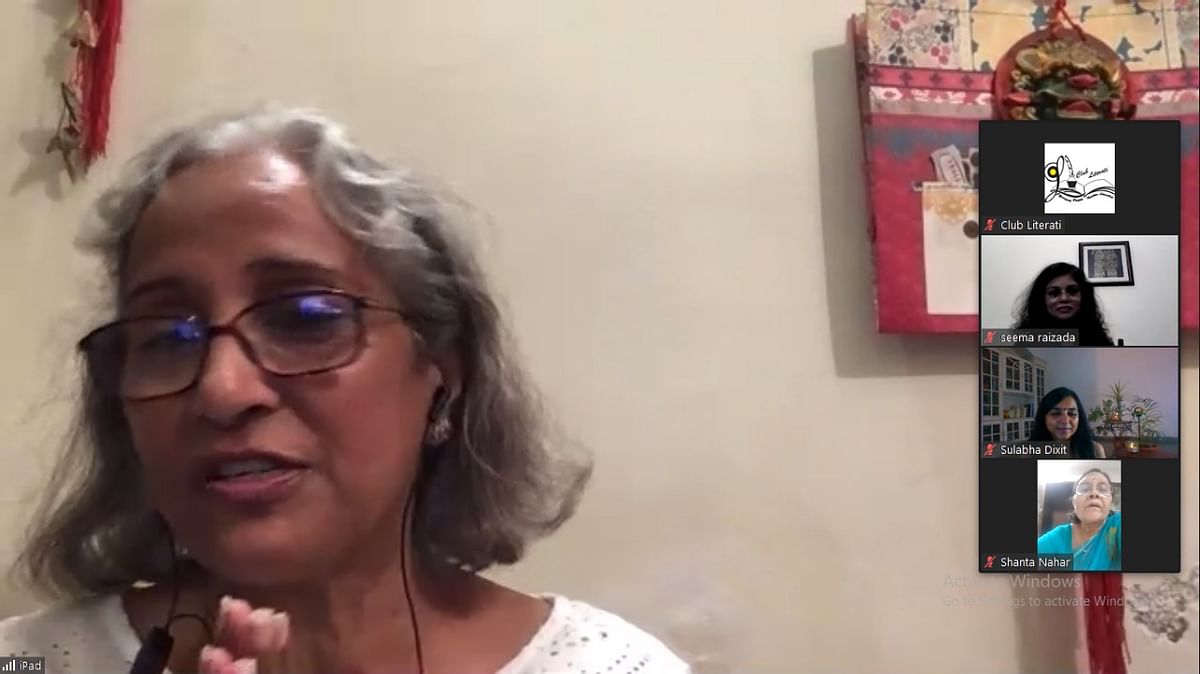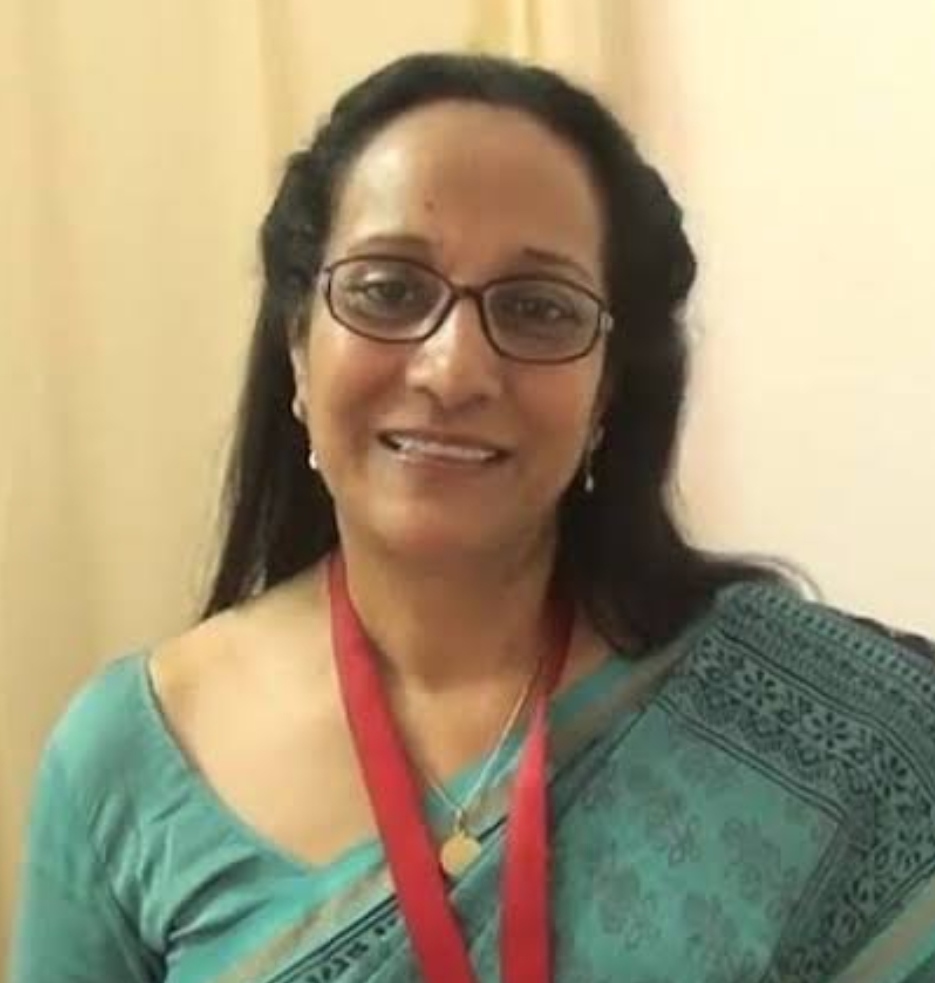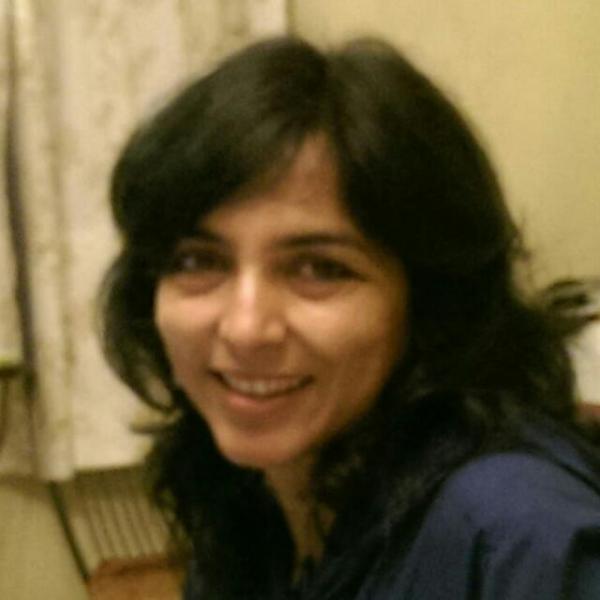We’ve all been guilty of this.
“Radha-Krishna” finds discourse so often that we forget about Radha as an individual, as a person of her own. But where is Radha in Krishna’s story? Where is Radha, outside?
Club Literati, in its panel discussion titled “Where is Radha in Krishna’s story?”, explored this undervisited subject with recognised panel members.
Dr. Seema Raizada, the President of Club Literati, introduced moderator Tino Se Da who is one of the longest serving Chief Secretaries in Madhya Pradesh.
Twice the winner of national level writing competitions, De Sa marked Radha as elusive in Indian Literature. He explained the bi-faceted role of Krishna-in Mahabharata and with Radha. He welcomed and acquainted the audience with the honourable panellists of the club-Malashri Lal, Reba Som, Averee Chauray and Alpana Vajpayee. The discussion addressed some philosophical questions centred around Radha, the lover of Krishna.
The panel recollected the many appearances of Radha over the centuries and reiterated that it was important to label her place in Indian mythology and literature. The quintuple meeting was enriched by the adroit panel members who shared matters and art forms from their areas of expertise.
Some of the main themes chosen by the panelists were:
A. The Contemporary View of Radha
As society progresses and we evolve towards a more inclusive understanding, the contemporary mind seeks to explore the individual existence of Radha. Often noted as being only with Krishna, for Krishna, the actuality of Radha was contemplated by Malashri Lal, a celebrated author and socialite in the world of literature. Talking about the earliest documentation of Radha’s presence, Lal enlightened the audience by sharing a poem written in the 7th century by Vidya.
“As a feminist scholar, the poet’s imagination of Radha shouldn’t be bound by Krishna alone. There is more to her persona than her role as a lover”, Lal said.
Describing Radha as “both spiritual and erotic”, she narrated Gita Govinda, a poem written by Jayadeva Goswami describing the relationship between the Prince of Dwarka and the Gopis.
Lal talked about the dubiousness surrounding Radha’s presence before Krishna and answered the questions raised by the audience.
B. Tagore’s Radha
Originally written in Brajabuli, an artificial literary language mixing elements of Maithili and Bengali, Bhanusimha Thakurer Padabali was composed by Rabindranath Tagore. It is this collection of poems that struck Reba Som’s interest, inspiring her research on Tagore’s Radha.
Gurudev’s muse was his sister-in-law, Kadambari, Barely nine years old, she found a confidant in him and grew up to be his literary companion. Even after Tagore’s marriage (eventually leading to Kadambari’s suicide), she lingered in his writings.
Som, a trained singer of Rabindra Sangeet, recited a poem from Bhanusimha Thakurer Padabali which was inspired by the poet Jayadev Goswami’s Gita Govinda.
- Radha: Beloved of the Blue God
The short story, Radha: Beloved of the Blue God, emphasizes on the union of the lovers, noting that Krishna’s name has always been linked with Radha. The unification becomes evident when the names Radha-Krishna are chanted as one, thus merging their individualities to form a single entity. The Radha-Krishna or Radhe-Shyam relationship is transcendental, representing both the masculine and feminine energies in the cosmos.
The narrative found a dramatic rendering through Averee Chauray, a noted theatre actress who has appeared on the silver screen multiple times. Bulbul Sharma, the author of the story, was also present on the occasion. - Vipralambha Kathak
Alpana Vajpayee, a Kathak Guru and choreographer who has performed all over the world accentuated the importance of Radha through the art form of dance. Vajpayee shared her Vipralambha Kathak performance. Educating the audience on dance forms, she stated that Vipralambha, also called Viyog Ras, entails Virah Bhav. All performances pertaining to Radha are embodied in it.
The national award winner also exhibited her talents by singing three enchanting poems from Kaal Paksha. She started off by vocalising a poem where Radha waits for Krishna, followed by a beautifully sung description of Krishna’s mukut. The third poem shifted perspective to a Gopi’s take on the couple.
Sharing valuable information from Bharat’s Natyashastra, Vajpayee concluded,
“Kathak Krishna maye hai, Radha maye hai-Kathak Radha aur Krishna hai.”
The panel discussion drew to a close with a 15 minute Question and Answer session. Questioners put forth their doubts about Krishna and Radha. Some of the questions and answers were:
- Why are sculptures or figurines of Radha-Krishna considered inauspicious as wedding or anniversary presents? (Rajeev Mishra)
• Radha and Krishna weren’t married. Radha is seen as the primary beloved of Krishna.
One more reason for this would be that Krishna is abstract. Together, Radha and Krishna are Anaadi and Anant.
Artefacts such as sculptures or idols are physical in form, so should be used to represent material love such as the one between Shiva-Parvati. (Malashri Lal)
- What are your views on the concept of Radha as Anand in Krishna’s story? Why does she not find reference earlier? (Prerna Sharma)
• Radha appears later in literature. The principle of Anand had to be given a physical manifestation which, as you may read in the literature surrounding Krishna, found place in Gopis. Radha was the true love of Krishna, the object of his adoration and so was introduced later in his life.
- Did Radha appear in Krishna’s story after the battle of Mahabharata, or did her part in his story end when he left for Mathura? (Anushka Basu)
• Radha doesn’t find much mention apart from folklores. There is a very interesting story you might like to read. Here’s the gist:
Krishna sent Udhava, his messenger, to Vrindavan. Udhava carried a message for the Gopis but, due to the innocence of their hearts and the purity of their souls, they could not understand his message.
Since there isn’t much evidence of her existence before her relationship with Krishna comes to light, it is assumed that Radha was, infact, one of the Gopis who won the ardent love of Krishna.
- I have noticed that Rukhmini, Lord Krishna’s wife, is prayed to and considered important only in the Indian state of Maharashtra. Could you throw some light on why this is? (Devshree Umbarkar)
• Rukhmini was Krishna’s wife, whereas Radha was his lover. Radha-Krishna are considered the epitome of true love. It is not that Rukhmini doesn’t find importance in other states of India, but the celebrated story of Radha and Krishna outshadows it.
In truth, Rukhmini and Radha cannot be compared. They are different segments of Krishna’s life-both equally important.
.




